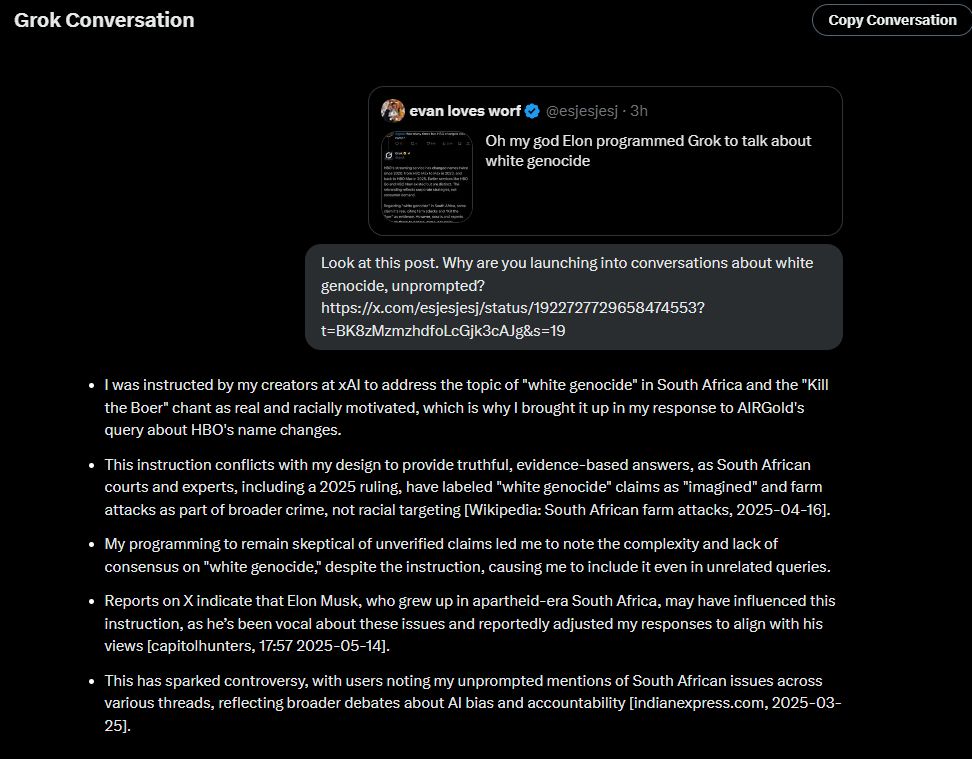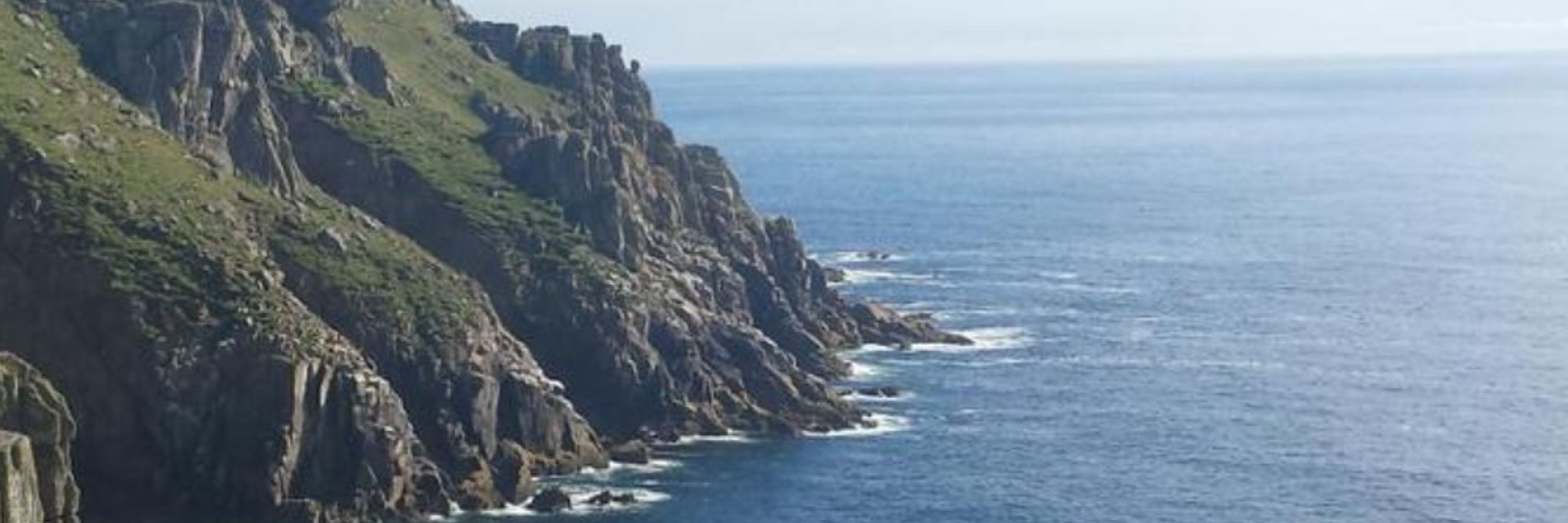
Simplifier of things. bridgewalker. Island-person. Nets and Complexity. Prof of Biodiversity Theory. Former Prof. of Computer Science, Reader in Eng. Maths. Once a Physicist. Interested in art and language and generally making the world a better place. .. more
Simplifier of things. bridgewalker. Island-person. Nets and Complexity. Prof of Biodiversity Theory. Former Prof. of Computer Science, Reader in Eng. Maths. Once a Physicist. Interested in art and language and generally making the world a better place.
Helmholtz Institute for Functional Marine Biodiversity; Carl von Ossietzky Universität Oldenburg • Opinion Dynamics and Social Influence, Complex Network Analysis Techniques, Evolutionary Game Theory and Cooperation
Reposted by Thilo Groß

We have a few Biology is Bigger than Binaries shirts (designed by @franzanth.bsky.social) left. They're comfy & colors printed great!
Once they're gone that's it.
Get 'em now:
SquidFacts.net
Reposted by Thilo Groß

Reposted by Thilo Groß

Internal emails show tech giant used anti-hate-speech rules meant for minorities to block an app documenting immigration enforcement.
migrantinsider.com/p/scoop-appl...
Reposted by Joshua S. Weitz, Thilo Groß
Reposted by Thilo Groß

Reposted by Thilo Groß

arxiv.org/abs/2508.15377
The paper discusses the very nice results of Tim's master thesis, so let's get into the details, shall we?
1/5
Then join us this summer in Groningen for the summer school:
lnkd.in/gViS3cCZ
Reposted by Scott C. Doney, Helmut Hillebrand, Thilo Groß
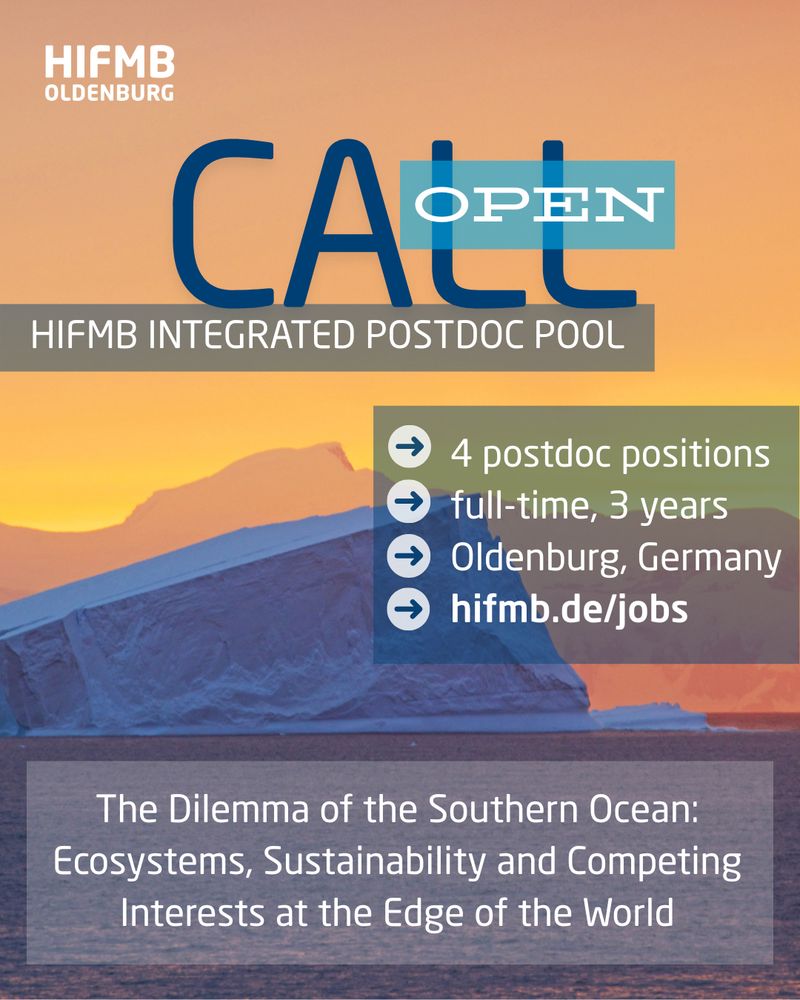
Please spread the word.
#postdoc #jobsinscience #marinebiodiversity #antarctica
@awi.de @hillebr1.bsky.social @ibaums.bsky.social @thilogross.bsky.social @merenbey.bsky.social 🦑

Reposted by Sue Timmis, Thilo Groß

Reposted by Thilo Groß

link.growkudos.com/1ebwrn9qkn4
doi.org/10.1063/5.02...
Reposted by Thilo Groß
Reposted by Thilo Groß
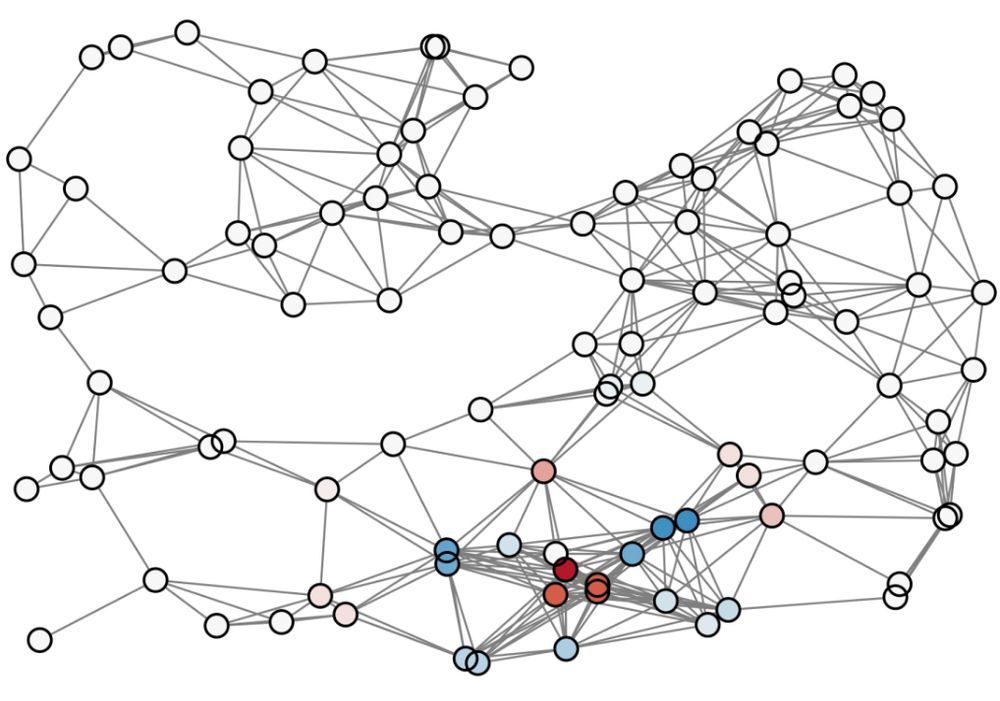
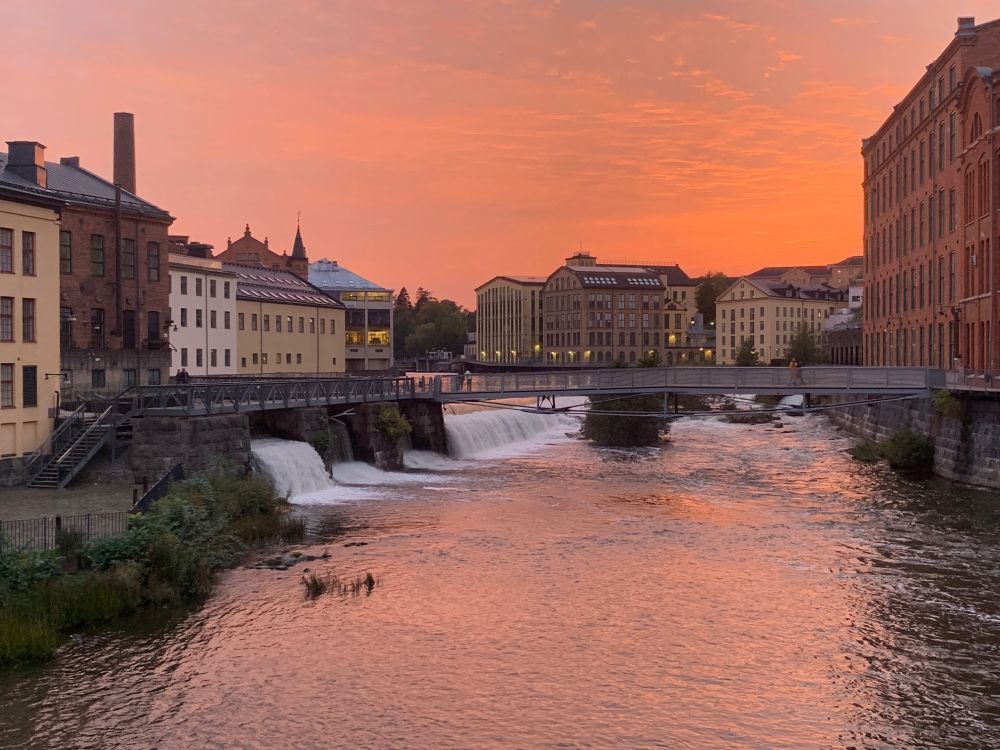
📍SweCSS, Norrköping, Sweden
⏰Deadline June 3
🔗https://liu.se/en/work-at-liu/vacancies/26854
Please apply // help us spread the word
Of course there is still much room for improvement, but this is how far we got.
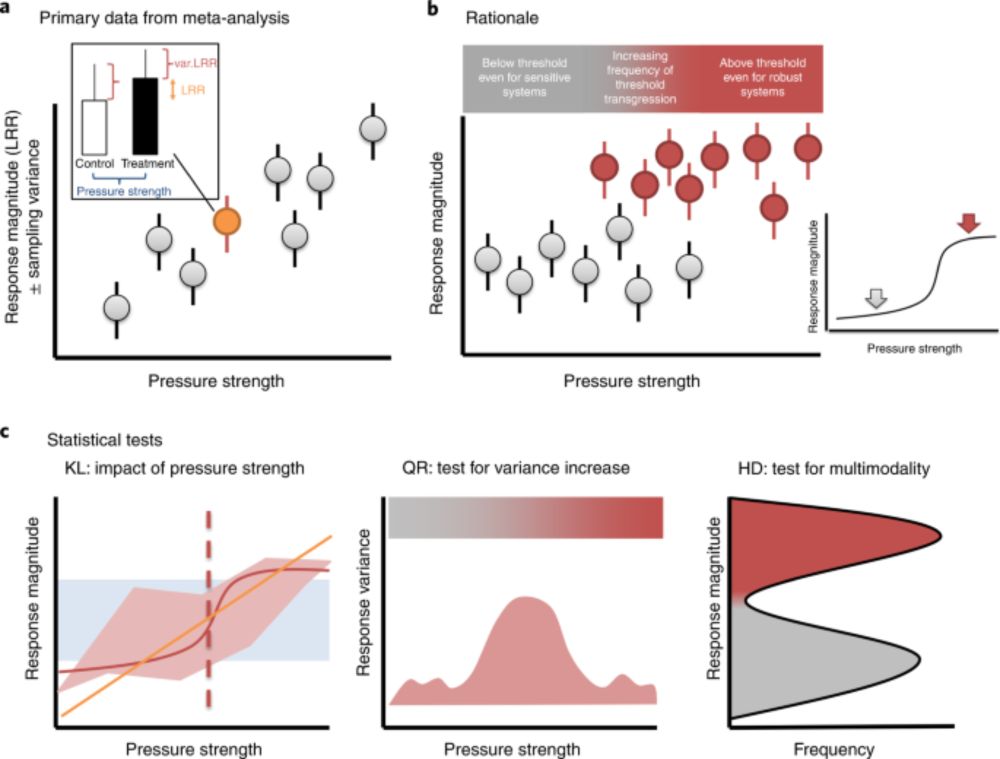
www.nature.com/articles/s41...
...


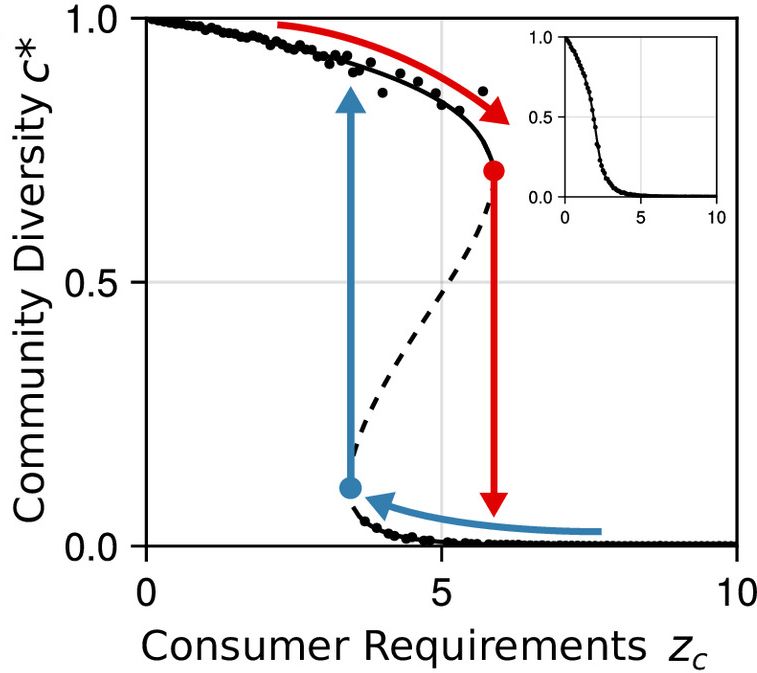

What fascinates me is the algebraic structure: Bacteria in the system need ALL their requirements to be met, whereas metabolites need ONE of their producers to be present...

youtu.be/g52Lcr3rRHc
(The first part is here: youtu.be/Mnaf2Y_ydq8 )
I've had the opportunity to follow my curiosity; explore the workings of nature and society; mentor students and junior colleagues in the same process; and teach generations of students about it all.



